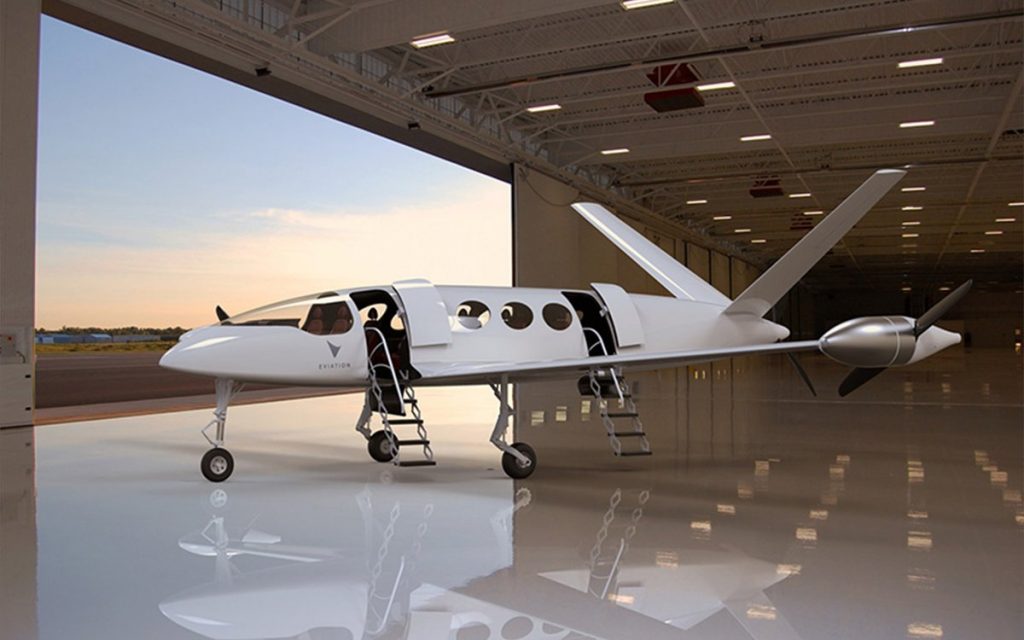Why electric propulsion is a boon for private planes.
This week, the US President announced that the United States will withdraw from the agreement between Iran, on one hand, and France, Russia, China, the United Kingdom, Germany and the United States on the other. Regardless of whether Mr. Trump does this rightly or wrongly, all agree that it will greatly increase the risks of a war with Iran and instability in the entire Middle East.
This fear is supported by the sharp rise in the price of oil in the days immediately preceding and following the US President’s announcement. Who says oil increase also says penalization of general aviation and jets and private planes in particular. Depending on its size, a jet consumes on average about 8 to 100 l of fuel to cover 1 km.
Factors that should accelerate the development of private electric or hybrid aircraft:
Oil prices seem likely to rise, also because of the depletion of some wells, such as those of the North Sea. Electricity consumption per kilometer in the electric airplane is about 10 times less expensive than the fuel consumption of a fuel airplane of comparable size and speed.
Secondly, electric and hybrid planes take off and land using only electric motors (the fuel engines are only power generators to recharge the batteries), are very quiet and can use shorter runways than those required for fuel-powered aircraft. This allows them to use the more than 3,000 small airports that Europe is dotted with. And since most private electric planes can take off and land vertically, on a small location, they will allow you to reach your destination quickly and comfortably.
Third, the electric or hybrid plane is much less polluting. Even if we produce the electricity necessary to feed it from fossil fuels, we must not forget that an electric motor turns into motion about 90% of the energy it consumes. A heat engine turns the fuel intto 65% heat, and a meager 35% into motion.
Electric planes are particularly advantageous for rental
The very first buyers of electric cars were car rental companies. Indeed, not only the cost of maintenance is many times lower than that of internal combustion vehicles, but the economy of exercise (electricity required to travel 100 km costs about 10 times cheaper than fuel for the same distance) encourages the public to resort to renting. Therefore, we can easily predict that the same phenomenon will also occur for the rental of private aircraft. Moreover, Uber has already created partnerships with several manufacturers of private vertical takeoff and landing (VTOL) aircraft, also known as air taxis.


